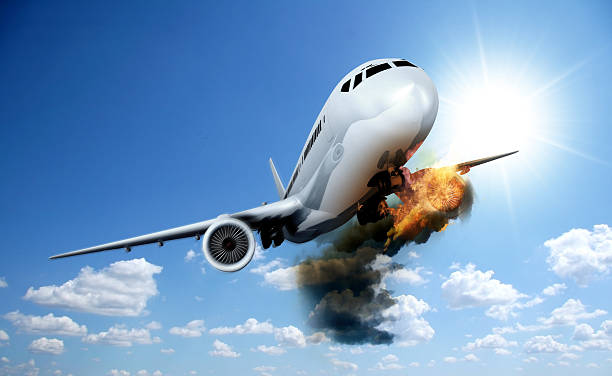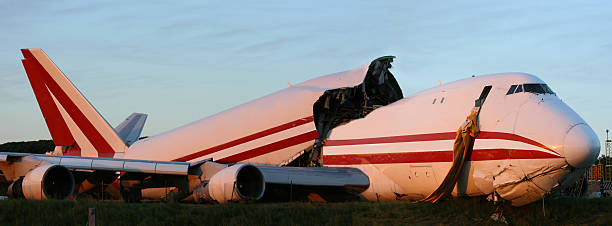The Implications of Even though plane crashes are relatively uncommon, they draw our attention and raise concerns regarding the safety of air travel. The flying business continually endeavors to improve wellbeing measures, however mishaps do occur, provoking a nearer assessment of their causes and repercussions. In this blog, we will dive into the complicated universe of plane accidents, investigating the different variables that add to these occurrences and the more extensive ramifications they convey.
I. Figuring out the Insights:
Understanding the statistical landscape of airplane crashes is essential before delving into the causes. In spite of prevalent thinking, flying remaining parts one of the most secure methods of transportation. The business’ devotion to somewhere safe principles is exemplified by the way that the Worldwide Air Transport Affiliation (IATA) has reliably detailed a decrease in mishap rates throughout the long term.
II. Human Factors:
Human factors are a significant factor in the causes of airplane crashes. Due to fatigue, stress, or a lack of communication, pilots, who play a crucial role in aviation, are susceptible to errors. Researching past mishaps frequently uncovers the basic job human variables play in aeronautics episodes.
III. Mechanical Disappointments:
Notwithstanding thorough support conventions, mechanical disappointments can in any case happen.The results of motor disappointment, primary issues, or defective parts could be devastating. To lessen the probability of plane accidents, it is fundamental to understand how these disappointments happen and execute precaution measures.
IV. Atmospheric conditions:
Unfriendly weather patterns stay an imposing test for flying security. Flight tasks can be convoluted by disturbance, tempests, and unfortunate perceivability, which can raise the gamble of mishaps. High level meteorological innovation and further developed pilot preparing are imperative components in relieving the effect of climate related episodes.

V. Innovative Progressions and Security Measures:
As innovation develops, the avionics business persistently embraces advancements to improve wellbeing. From cutting edge route frameworks to state of the art materials, every improvement adds to lessening the likelihood of plane accidents. The most recent technological advancements and their impact on the future of air travel safety will be examined in this section.
VI. Plane Accidents: Aviation Authorities’ Role:
Aviation authorities conduct thorough investigations to ascertain the underlying causes of an airplane crash. The investigation process will be discussed in detail in this section, with an emphasis on the significance of learning from each incident to avoid future occurrences of the same kind.
VII. The psychological Effects on Public and Passengers:
Passengers and the general public experience profound psychological trauma as a result of airplane crashes, which goes beyond the technicalities and statistics. Apprehension about flying, post-horrendous pressure, and the impact of media inclusion can shape discernments and mentalities towards air travel. This part will investigate the mental components of plane accidents and the endeavors made via aircrafts and emotional well-being experts to address these worries.
VIII. Illustrations Learned and Future Possibilities:
To avoid future crashes, it is essential to learn from past mistakes. The lessons that the aviation industry has learned over the years will be discussed in this section, with an emphasis on the mindset of continuous improvement that drives innovation and safety measures. Additionally, taking into account advancing technologies and industry standards, we will investigate the prospects for air travel safety in the future.
All in all, plane accidents, while terrible, act as any open doors for the avionics business to reevaluate and reinforce wellbeing measures. By looking at the multi-layered reasons for these occurrences, executing mechanical headways, and encouraging a culture of persistent improvement, the business can endeavor towards considerably more secure skies. As travelers, understanding the intricacies of flying security can assist with reducing concerns and encourage a more educated and sure travel insight.

A Guide to Successful Digital Marketing